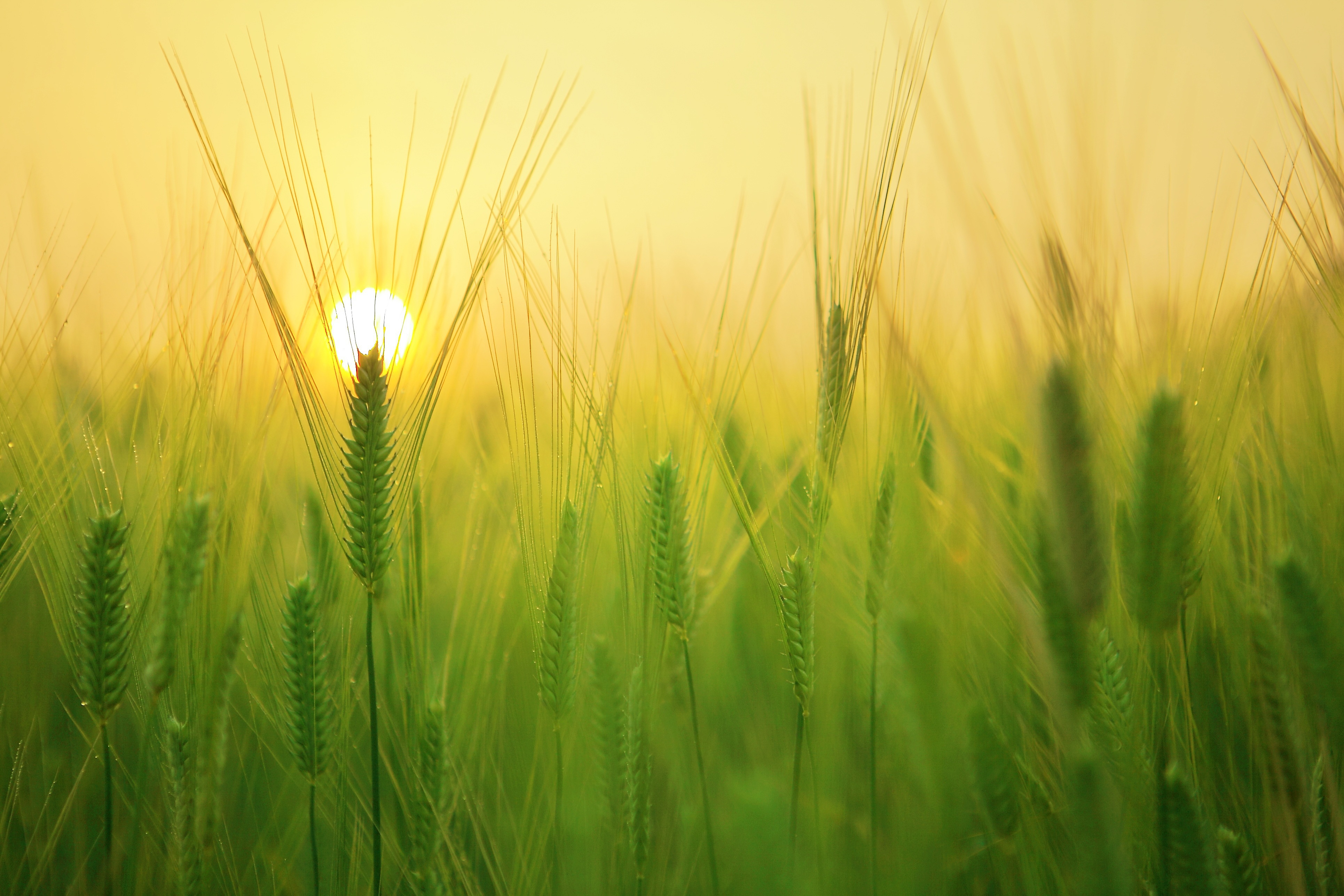Facing the challenges of food
2023/09/01 Elhuyar Zientzia Iturria: Elhuyar aldizkaria
By 2050, agricultural production will need to increase by 60% to feed the world's population. And that growth, in addition, will have to be carried out sustainably, because the scenario is hard: climate change, loss of biodiversity, soil degradation, water scarcity… To cope with this situation, the centers of the BRTA alliance are looking for solutions.

Leartiker has been searching for new sources of protein for years. “First we started with the proteins we had here, the pulses, etc. And then with insects, microproteins, microalgae…”, explains researcher Lorena Zudaire Villanueva. In collaboration with Insekt Label, they analyzed how to make hamburgers with insect flour. And now, with another partner, they do research on fungi.
In fact, fungi are an interesting source of proteins, among other things, because of their properties of texture and flavors of food of animal origin and because they do not need large facilities for cultivation. However, affected by other microorisms, some fungi stop growing or die directly. One way to avoid this is to produce in very controlled conditions, in laboratories. But for large-scale production, this would not be possible in the food industry. Thus, Leartiker researchers investigate the possibilities of producing fungus-based products in a less ideal situation. “We can simulate in our pilot plant the situation that can happen in the industry. This is a less controlled situation in which one can see how other micro-organisms affect, whether they adapt to these conditions and whether they can be produced on a larger scale.”
Environmental footprint
If we want sustainable food, in addition to what we produce, we must look at how we do it. Food industry companies have created at AZTI a tool to know and reduce their environmental footprint: Digital software. “What this software does is measure consumption, waste, etc. There is the entire food cycle and turn it into environmental impacts,” explains Saioa Ramos Fernández.
The software includes 16 environmental impacts of the product: land and water use, acidification, eutrophication, etc., indicating the impact category very low, low, medium, high or very high of each food.
Finally, the software also proposes ways to reduce the environmental temperature of the activity. For example, he suggested to a brewer that, seeing that the focus of his impact was on waste, he would give it a new value. “We saw that this residue had a lot of protein and some antioxidants, and that they could be very beneficial for aquaculture,” says Ramos. Waste has thus generated feed for aquaculture and managed to reduce its environmental footprint.
Soils hospital
95% of our food comes from the earth, but their health is not good in general. “The main causes are the loss of biodiversity and carbon,” explains Lur Epelde Sierra, a researcher at NEIKER.
To know the state of the soils there is a kind of NEIKER hospital. “To a large extent, soil biodiversity is microbial; fungi and bacteria occupy between 80 and 90% of soil functions,” says Epeld. “And we ask them how they live on the ground, how many there are, what level of activity they have…”.
Once the diagnosis is known, the next step is to identify practices to improve health. With this Head of Goal they are participating in a project of analysis of agricultural practices in different countries. “For example, in Tunisia, aromatic herbs grow in olive groves. Our hypothesis is that if we increase plant diversity, soil biodiversity will increase, due to different roots architectures, they exude different compounds, etc.”
The influence of other agricultural practices on biodiversity is also being studied: organic, bioinoculation, crop rotation... All this with the aim of improving soil health and for us to have a healthy and sustainable diet in the future.

Gai honi buruzko eduki gehiago
Elhuyarrek garatutako teknologia



